Struggle to keep your garden alive, let alone a useful plant? That’s okay, there’s hope for you yet! We spoke to Daniel, the manager at Dawson's Garden World (Swanbourne), and compiled some of the most fool-proof and difficult to kill indoor house plants.
There’s some real advantages to indoor plants. In addition to making your house look kept, as guaranteed natural air purifiers, plants also help remove toxic chemicals from the air in your home. Here are a few to add to your indoor jungle:
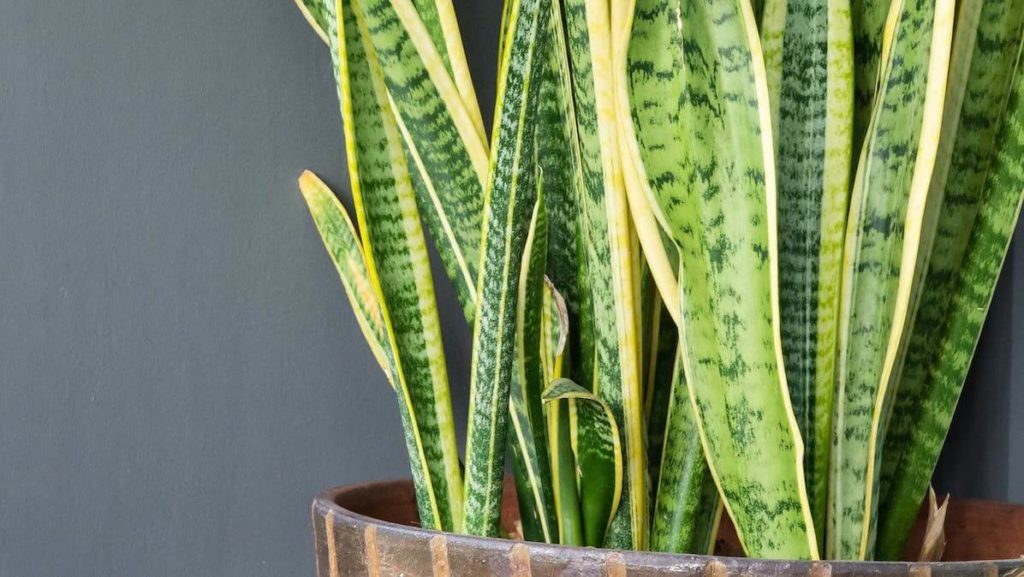
Mother-In-Law’s Tongue
Sometimes referred to as the
snake plant, the more popular name of
mother-in-law’s tongue is due to its long and sharp pointed leaves. In the effort to preserve moisture, its leaves close their pores during the day and open again at night, releasing oxygen into the air of your room. Thriving best in bright to mid-light and requiring very little watering, this is the perfect beginner’s house plant.
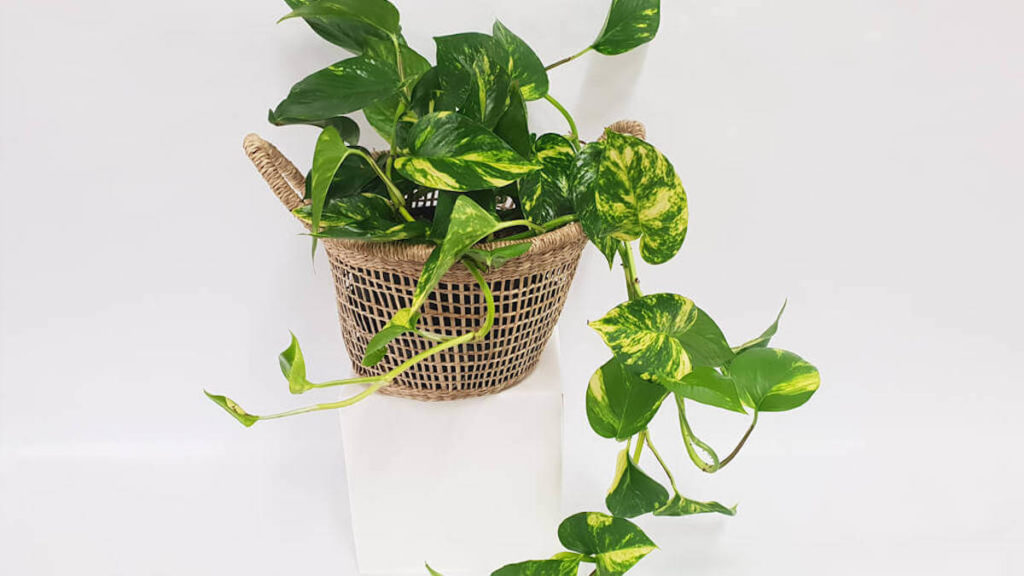
Devil's Ivy
One of the most forgiving plants you can find,
devil’s ivy is the epitome of low maintenance. Preferring dim or indirect light and needing watering only every so often, the waxy, heart-shaped foliage will climb, adding greenery to any empty looking space. Almost impossible to kill, devil’s ivy is toxic, so you need to be mindful of children and pets.
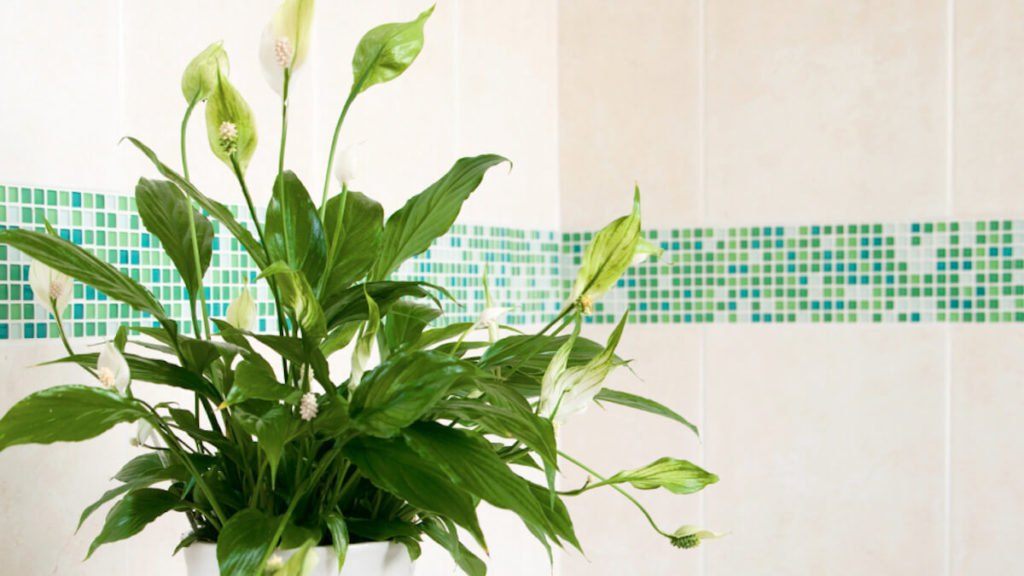
Peace Lily
If forgetting to water plants is your weakness, the
peace lily may just be for you! Keeping the soil moist, but never wet, is all you need to do (overwatering is deemed the most common problem!). Not only is the plant known for being one of the best natural air-purifiers, you may even be rewarded with the blooming of beautiful white spathe flowers in the warmer months. Place your peace lily in light shade for the best results.
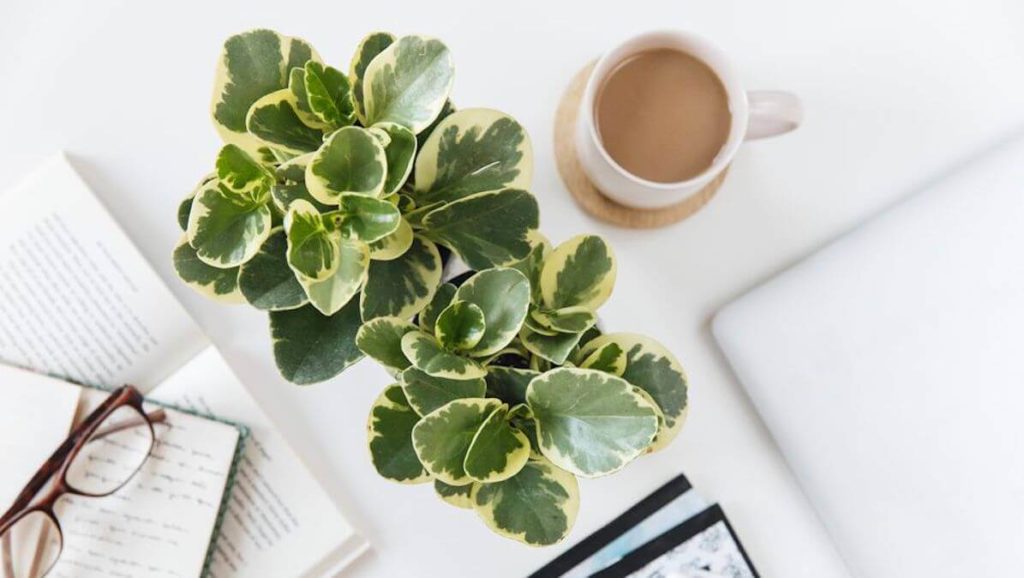
Peperomias
Tolerable of amiable neglect,
peperomia plants don’t require much attention. Overwatering can lead to root rot so it’s actually best to keep soil on the drier side. Growing in a diverse range of colours, textures and styles, they’ll fit right in with your home décor. The only requirement is that they be positioned in medium to bright light in order to maintain their colour.
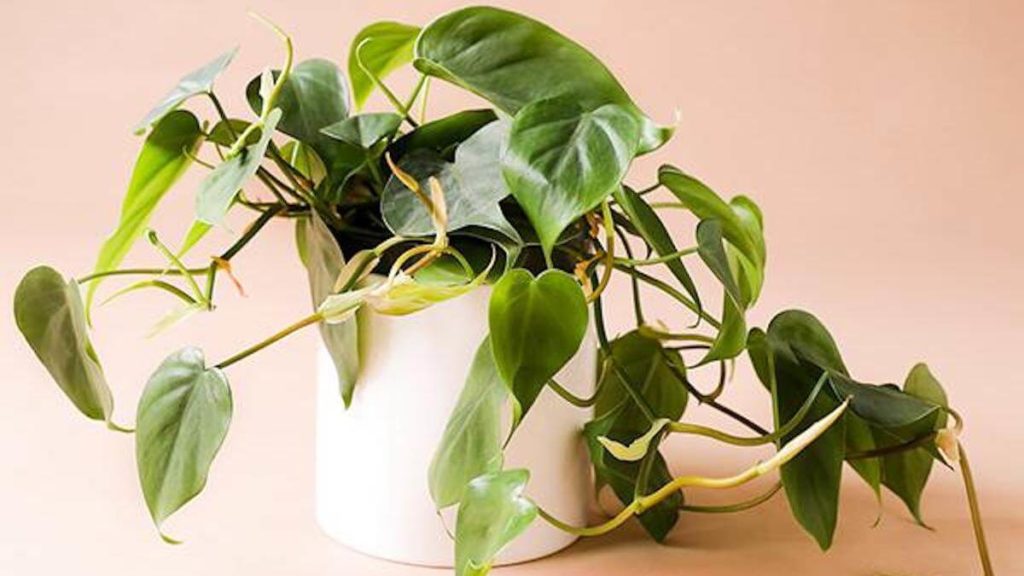
Philodendron
Originating in tropical regions, the
philodendron grows best in environments with warmth and moisture. The most popular variety is the
Cordatum, the sweetheart vine. Position its heart-shaped leaves away from direct heated sunlight as it survives best in low light conditions. When it comes to watering, the advice is to water whenever the top layer of soil feels dry.
Feature Image Credit: Green Assembly, Facebook.